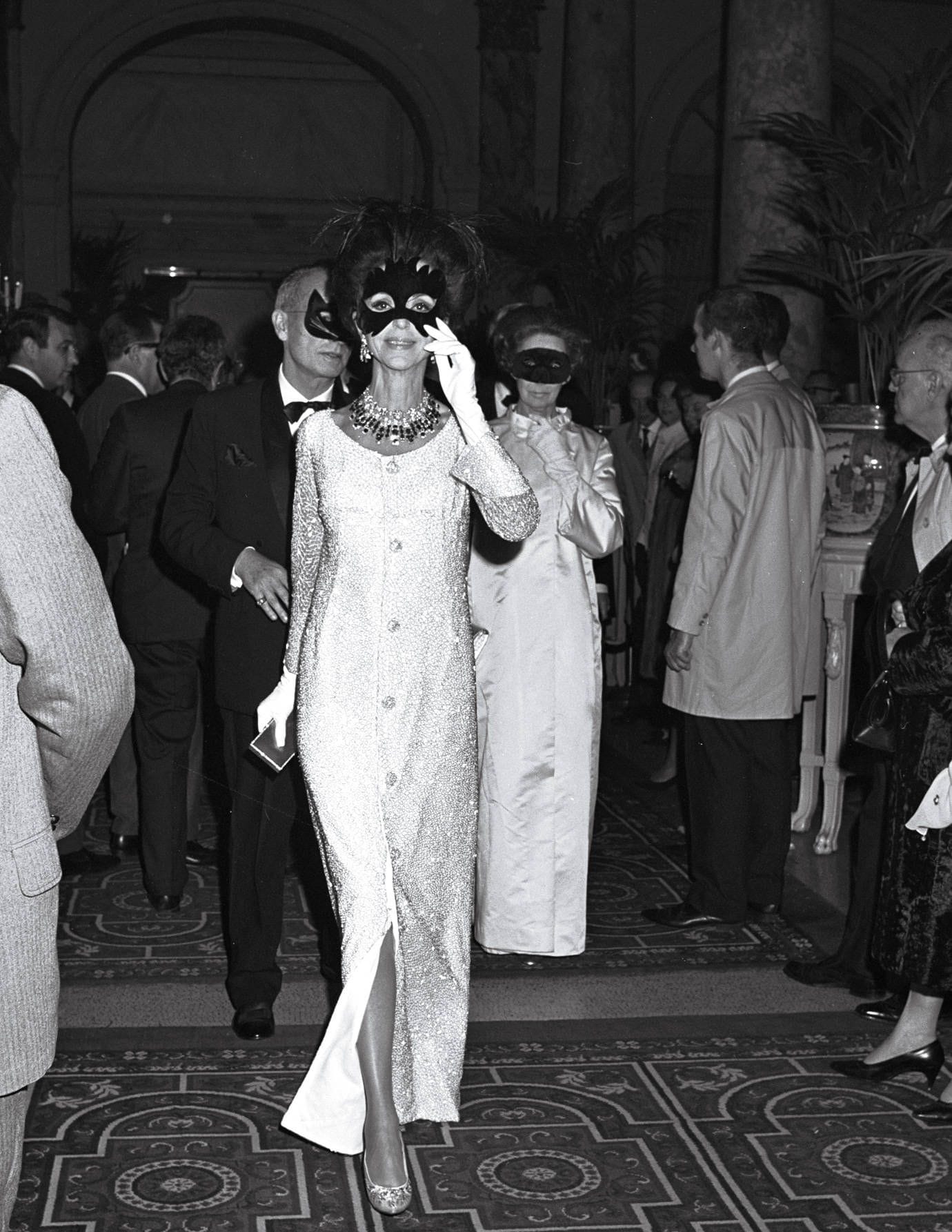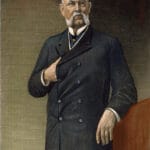Truman Capote’s “Swans”: A captivating tale of high-society glamour, intimate betrayals, and the devastating price of literary ambition. These women, his muses and confidantes, graced the pages of high society and literary history. Yet, beneath the veneer of glitz and glamour, a story of profound betrayal unfolded, forever changing the landscape of their gilded lives. Laurence Leamer’s explosive biography, Capote’s Women, unveils the hidden truths behind this captivating circle, offering a glimpse into the intimate secrets, social ostracism, and emotional devastation that followed Capote’s decision to expose their private lives. This article delves into the complex relationships, the devastating fallout, and the enduring legacy of Capote’s Swans.
Unmasking the Myth: The Women Behind the Scandal
Step into the dazzling, yet treacherous, world of Truman Capote and his “Swans.” These women, icons of elegance and power, occupied the highest echelons of society. Their story is a complex tapestry woven with threads of friendship, betrayal, and the intoxicating allure of fame. Think of it as a vintage Chanel gown, hiding secrets and heartbreak beneath its shimmering surface. Capote, celebrated author of Breakfast at Tiffany’s and In Cold Blood, navigated this world with his characteristic wit and charm. But behind the captivating façade, a darker ambition simmered. He craved literary immortality, a desire that would ultimately lead him down a path of destruction, leaving a trail of broken hearts in its wake. His Swans—Babe Paley, Slim Keith, Lee Radziwill, Gloria Guinness, Marella Agnelli, and others—were more than just friends; they were his muses, his confidantes, his access to a world of privilege and excess. They welcomed him into their inner circle, sharing intimate details of their lives, unaware that their trust would be so spectacularly violated.
The Weapon of Choice: Answered Prayers and the Fallout
Capote’s unfinished novel, Answered Prayers, became his weapon of betrayal. In it, he meticulously documented the scandalous secrets and private lives of his Swans, thinly disguising them as fictional characters. The excerpts published in Esquire magazine sent shockwaves through their world. These women, accustomed to controlling their public image, suddenly found their most private moments exposed. The backlash was swift and brutal. Capote, once adored, became a pariah, ostracized from the very world that had fueled his creativity. The betrayal fractured decades-long friendships, leaving deep emotional scars. For the Swans, it wasn’t just the public humiliation; it was the violation of trust, the shattering of a sacred bond.
| Swan | Known For | Impact of Capote’s Betrayal |
|---|---|---|
| Babe Paley | Socialite, wife of CBS head | Deeply hurt, felt publicly humiliated |
| Slim Keith | Style icon, multiple marriages | Furious, cut off all contact with Capote |
| Lee Radziwill | Sister of Jackie Kennedy | Disappointed, felt a sense of personal betrayal |
| Gloria Guinness | International socialite | Experienced estrangement |
| Marella Agnelli | Italian Princess, style icon | Felt betrayed and humiliated |
| Other Swans… | Various social and cultural roles | Experienced a range of emotional responses |
This breach of trust resonated beyond the individual women, exposing the fragility of relationships built on exclusivity and carefully curated appearances. It suggests a possible undercurrent of insecurity within high society—a fear of exposure that Capote ruthlessly exploited. The long-term consequences were devastating for Capote. Answered Prayers, meant to be his masterpiece, became his swan song, a testament to his self-destruction. Was it a calculated move, a cynical attempt to secure his legacy? Or was he a victim of his own ambition, blinded by the allure of fame? Perhaps the truth lies somewhere in between.
Leamer’s Lens: Fact, Fiction, and the Fragility of Truth
Laurence Leamer’s Capote’s Women delves into the complex dynamics of this fascinating period. While grounded in reality, the book raises questions about the nature of biographical truth, especially considering Capote’s penchant for blurring the lines between fact and fiction. Leamer, drawing on extensive research, including letters and interviews, paints a vivid picture of the Swans and their relationships with Capote. He captures the devastation wrought by Capote’s betrayal, exploring the varying reactions of the women involved. Some, like Babe Paley, severed all ties. Others, like Gloria Guinness, maintained a strained distance. Still others, like Joanne Carson, may have offered private forgiveness. The book opens a dialogue about the ethics of writing, particularly the responsibility writers have to those whose lives become their material. Where does artistic freedom end and exploitation begin?
| Key Figure | Relationship to Capote | Impact of Answered Prayers |
|---|---|---|
| Babe Paley | Close friend and confidante | Deeply hurt and betrayed |
| Slim Keith | Socialite and fashion icon | Experienced social ostracism |
| Lee Radziwill | Sister of Jackie Kennedy | Felt her privacy violated |
| Gloria Guinness | International socialite | Distance grew between them |
| Marella Agnelli | Italian Princess, style icon | Felt a profound sense of betrayal |
Leamer’s perspective adds another layer to the story, but it is important to remember that it remains one interpretation among many. As research continues, new insights may emerge. For a deeper dive into historical figures and their complexities, explore the story of Beverly Hemings.
The Unanswered Question: Forgiveness and the Scars of Betrayal
Did any of the Swans forgive Capote? It’s a question that lingers, shrouded in the complexities of human relationships. The betrayal cut deep, exposing vulnerabilities and shattering trust. Publicly, many condemned Capote. Babe Paley’s reaction was definitive—a complete severing of ties. Gloria Guinness, perhaps, represents a more nuanced response—distance without complete abandonment. Rumors of private forgiveness, like that of Joanne Carson, add another layer of intrigue. What apologies were offered, accepted, or rejected behind closed doors?
| Swan | Public Reaction | Possible Private Feelings |
|---|---|---|
| Babe Paley | Public denouncement, severed ties | Unforgiving |
| Gloria Guinness | Distanced herself | Possibly ambivalent |
| Joanne Carson | Reported private forgiveness | Forgiving |
The table reflects public information and accounts, which may not fully capture the nuances of private feelings. Further research could shed more light on these intricate relationships, but some questions may remain forever unanswered. The varying reactions likely stemmed from the depth of each relationship, individual personalities, and the societal pressures of the time. The story of Capote and the Swans continues to resonate, sparking debate and prompting reflection on ambition, trust, and the enduring power of secrets. It reminds us that even in the most glamorous circles, human connections are vulnerable to the forces of love, loyalty, and betrayal that touch us all.
- Unlock Elemental 2 Secrets: Actionable Insights Now - April 2, 2025
- Lot’s Wife’s Name: Unveiling the Mystery of Sodom’s Fall - April 2, 2025
- Photocell Sensors: A Complete Guide for Selection and Implementation - April 2, 2025
















